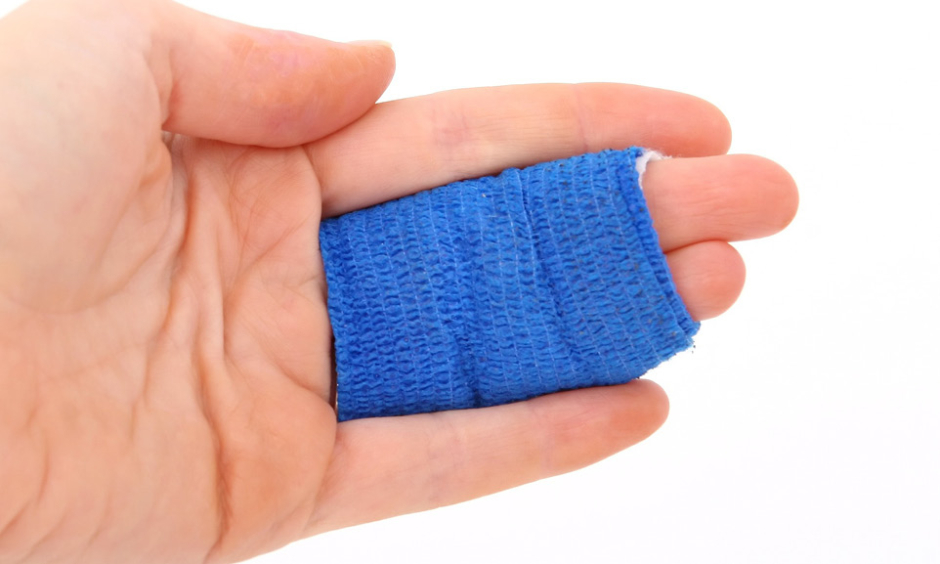CHRONIC diseases occur when the natural healing cycle becomes blocked by metabolic dysfunction and cellular miscommunication, researchers from the University of California, San Diego, California, USA, have posited. The theory, which has been developed by the team over many years, suggests that new therapeutic approaches that target these underlying causes of impaired healing need to be pursued to effectively combat chronic diseases.
Incomplete Recovery
“Progressive dysfunction with recurrent injury after incomplete healing occurs in all organ systems, not just the brain,” explained Prof Robert Naviaux, UC San Diego. “Chronic disease results when cells are caught in a repeating loop of incomplete recovery and re-injury, unable to fully heal. This biology is at the root of virtually every chronic illness known, including susceptibility to recurrent infections, autoimmune diseases like rheumatoid arthritis, diabetic heart and kidney disease, chronic obstructive pulmonary disease, Alzheimer’s dementia, cancer, and autism spectrum disorder.”
Cell Danger Response
In a new study, the team outlined their theory revolving around cell danger response (CDR); they believe that metabolic and signalling disruptions drive chronic disease by preventing completion of the healing cycle, meaning cells continue to act as if they are still injured or in immediate danger even when the original injury or threat has passed.
CDR is a naturally occurring universal cellular reaction to injury or stress, protecting the cell by causing its membranes to harden and to withdraw within itself, stopping interactions with neighbours.
Mitochondria and metabokines, which are organelles and signalling molecules, respectively, and both strongly associated with metabolism, are believed by the researchers to control progression through the healing process; therefore, abnormalities in these act as a block to the healing cycle by causing CDR to continue indefinitely.
New Treatment Approach
If proven to be correct, this theory could change the way chronic disease is looked at and treated in the future; this is in contrast to the more common approach of treating acute, immediate harm such as broken bones rather than the underlying issues. “Once the triggers of a chronic injury have been identified and removed, and on-going symptoms treated, we need to think about fixing the underlying issue of impaired healing. By shifting the focus away from the initial causes to the metabolic factors and signalling pathways that maintain chronic illness, we can find new ways to not only end chronic illness but prevent it,” added Prof Naviaux.
James Coker, Reporter
For the source and further information about the study, click here.








